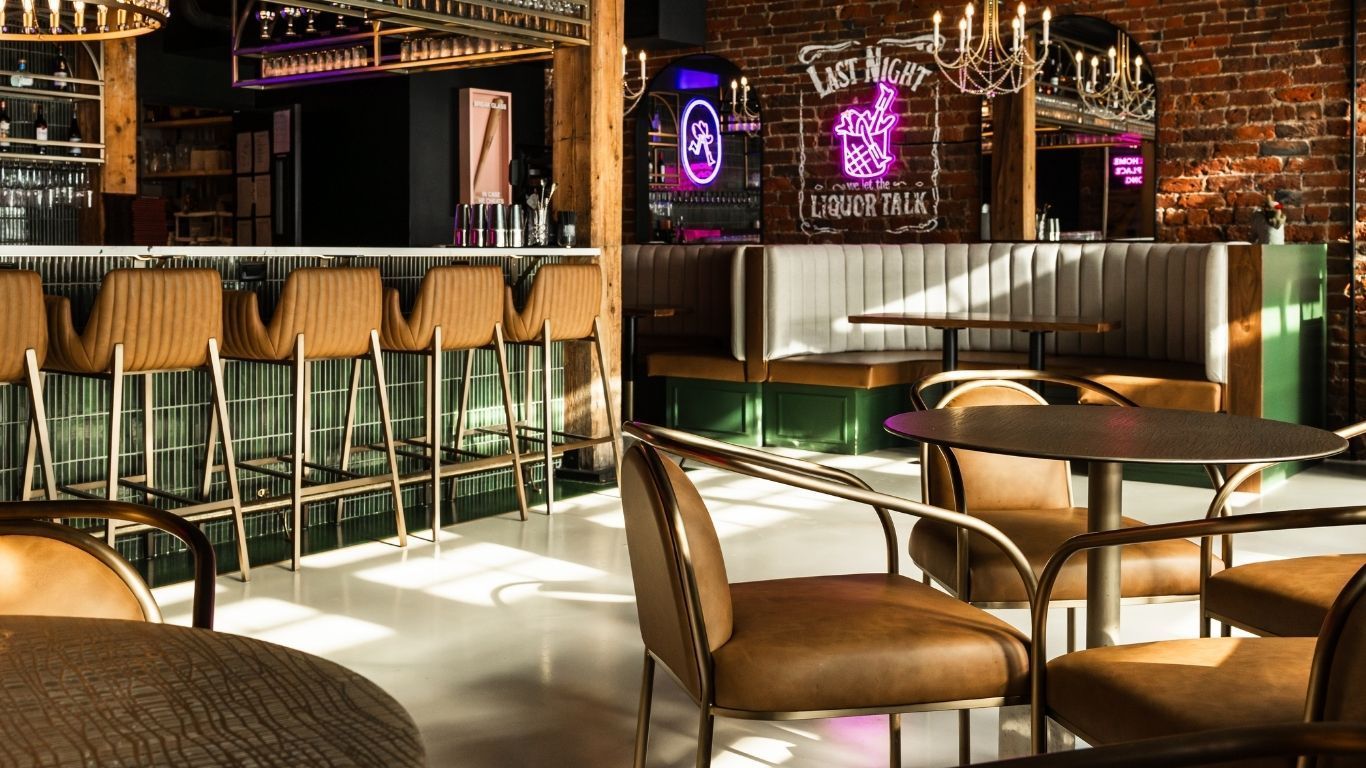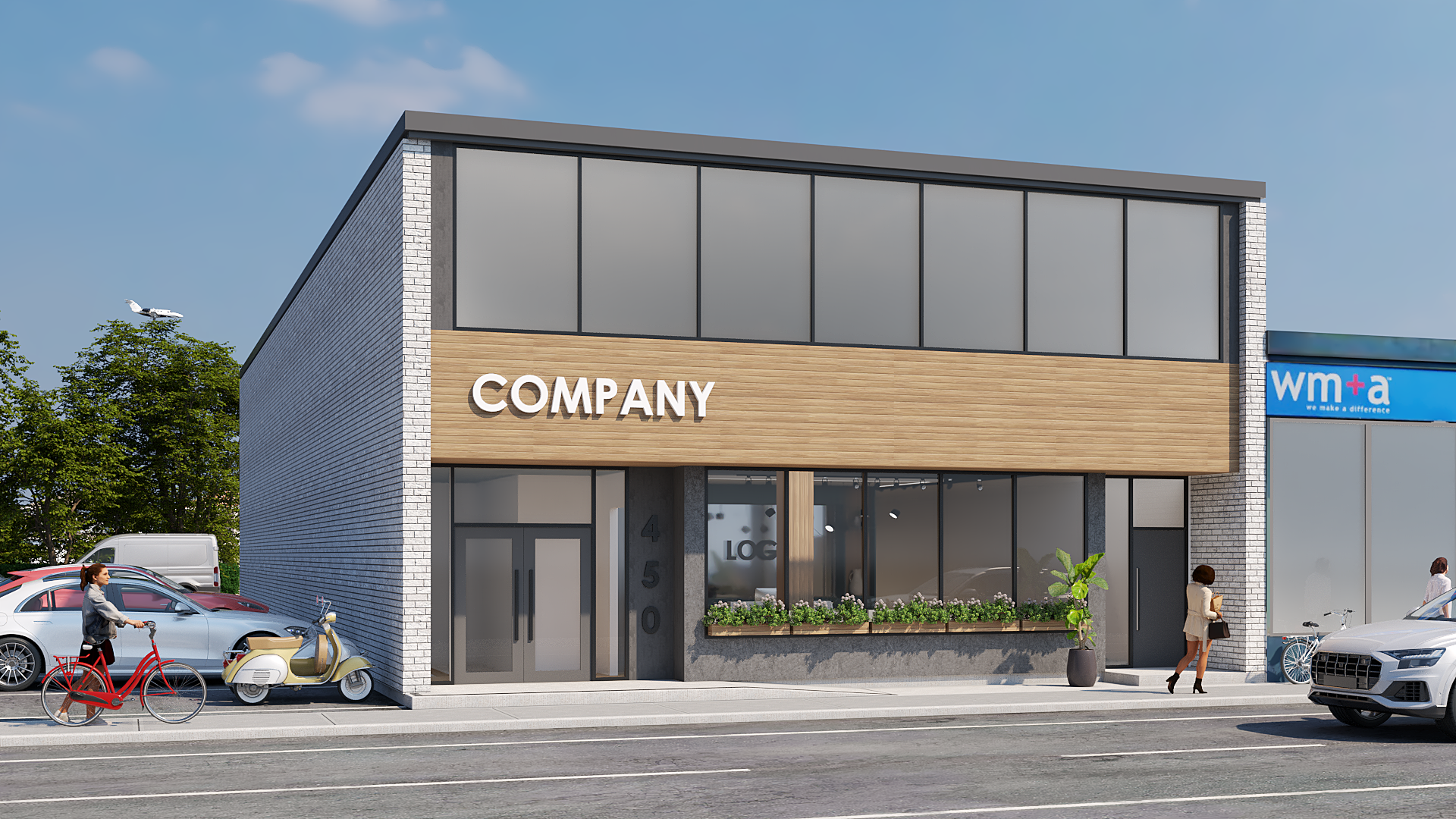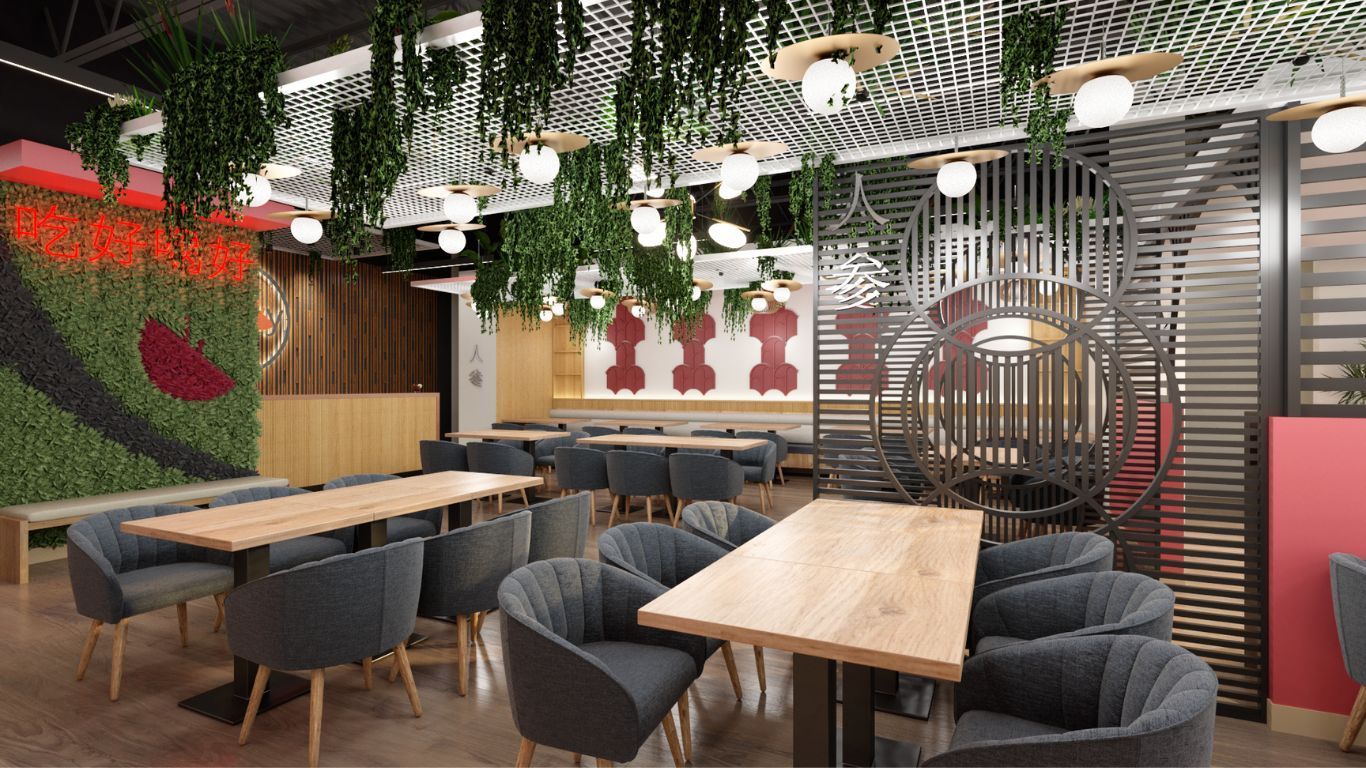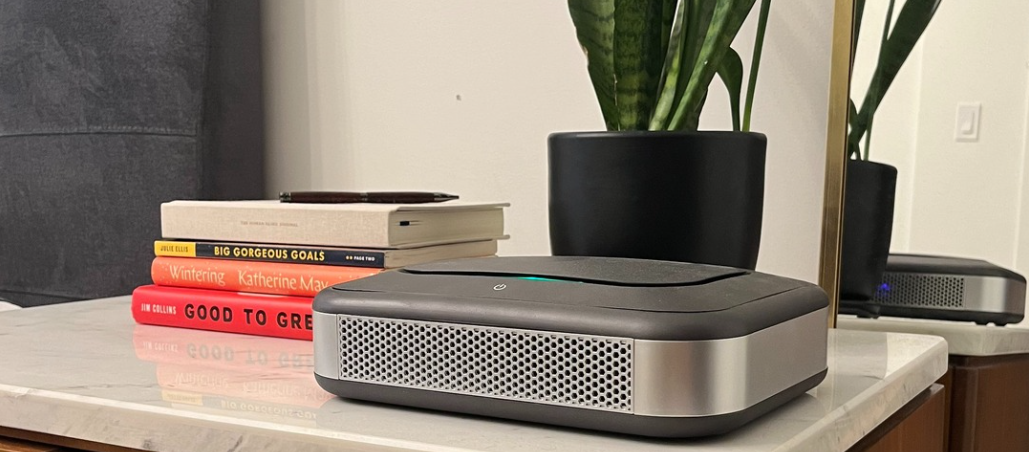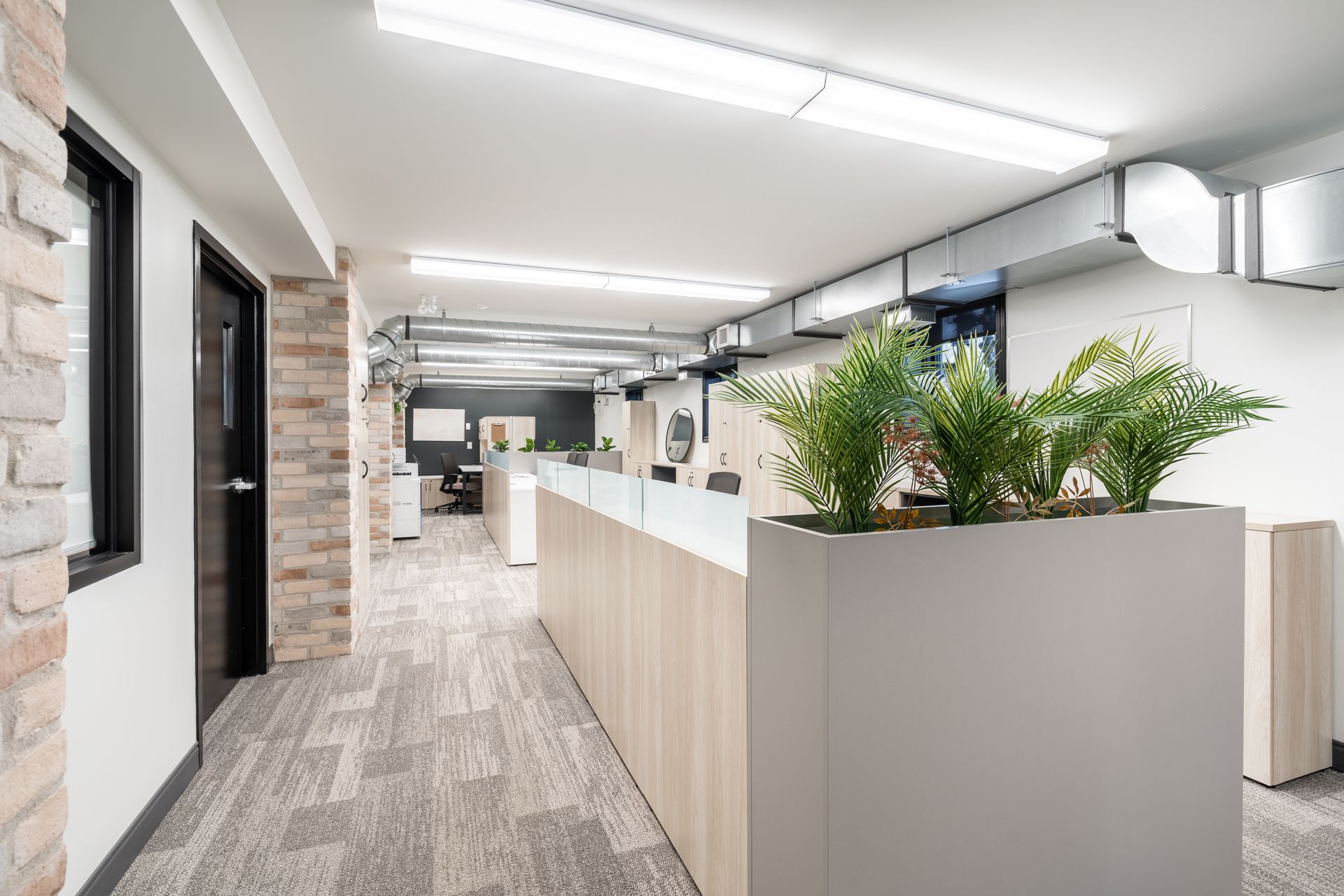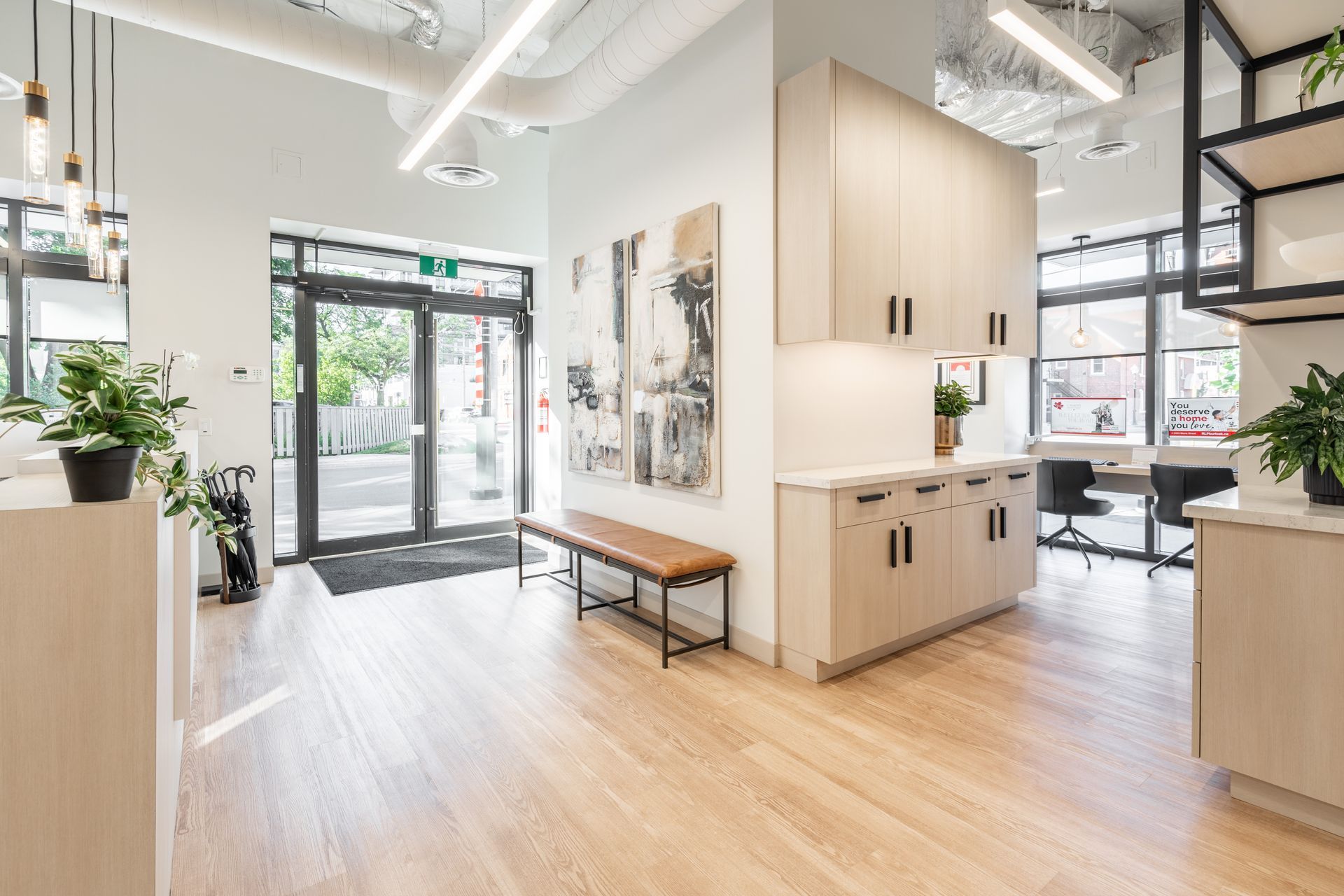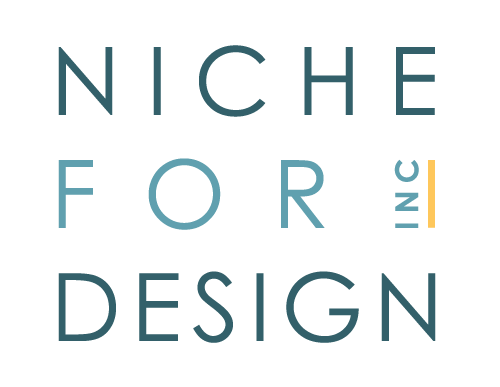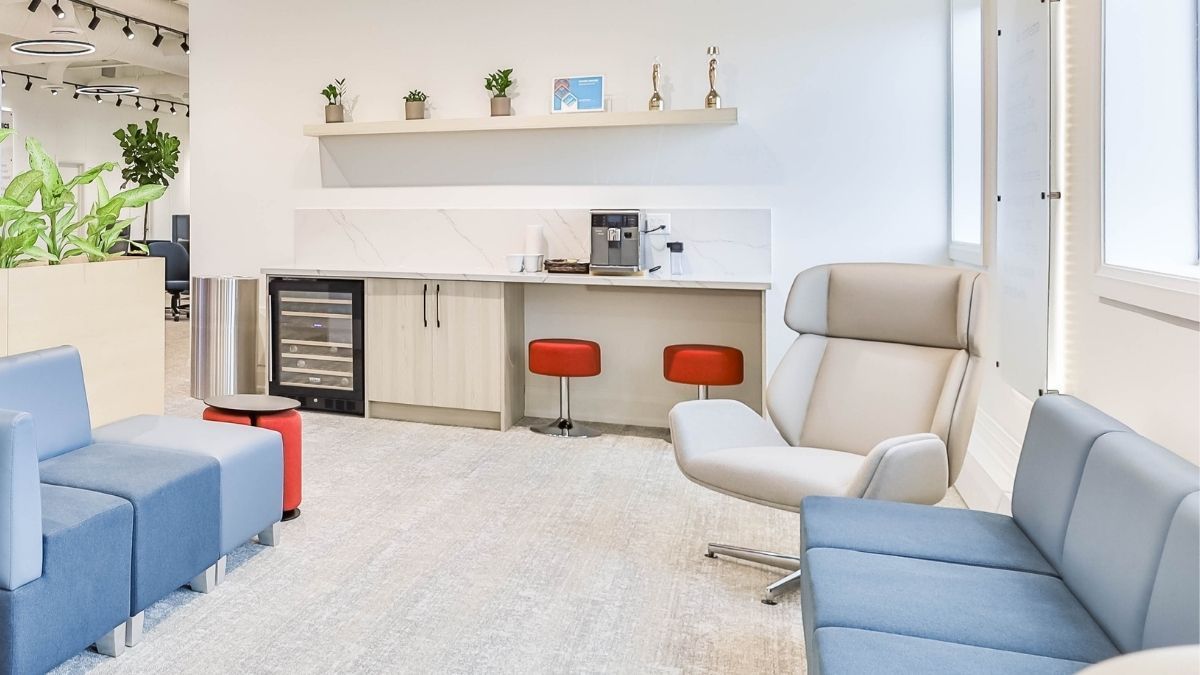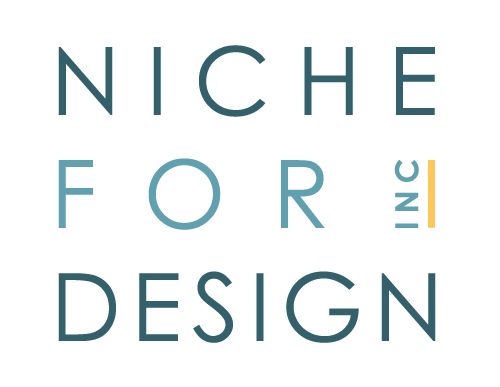3 Key Elements in Adapting a Back to Work Plan
We have all felt the emotional roller coaster of the last year and a half. We have endured a lot of fear, anxiety, and most of all uncertainty. Everyday new information is shared, and we have to decide how to process it all which is mentally and emotionally draining. One thing that we can all agree on as a society is that we are tired of this way of life. We are ready to take a new path, however that may look.
During this last year and a half, we have learned some great lessons, the most impactful being that we can’t live in constant isolation. Even those highly introverted personalities felt the strain of not being able to physically touch or see people. However, the most positive lesson was that we are flexible and agile in how we take on new challenges, like remote working/learning and how to source our essentials online.
We have lived under certain circumstances out of necessity, and we have grown to enjoy and appreciate some of these changes, less commuting time, more family time, less long in person meetings. But these have also had some unfortunate side effects, like working at less-than-ideal workspaces, so many virtual meetings and no line between home and work life, which for some resulted in working all the time.
There is a part of us that even if we feel uncomfortable about the idea of returning to the office, we need some aspects of it in our lives. We need a more physical connection to people or at the very least improved communication. How do you create an office environment that allows people to feel comfortable with an uncomfortable situation?
There are 3 key elements in adapting a back to work plan for employees: Validation, Flexibility and Trust. It is important to remember that depending on a person’s history and upbringing, each will react differently to the same stressful situation. Some will feel like coming back to the office is long overdue and that there was never anything to be worried about. Some will feel confident about coming back if there are safety precautions in place that are being properly followed. While others will never feel as safe as they did pre pandemic. Understanding that all of these points of view are valid and ok is important. The goal of having people return to the office is not to change their minds about uncertainty, it is to create an atmosphere that appeals to all perspectives.
This starts with validation, when you break down in a person’s core what they truly desire out of life, it is to be heard, have their feelings validated and to know that they matter. You don’t have to agree with them, but you must have a level of understanding and empathize where they are coming from. All anyone wants is for you to listen and see their point of view. You can accomplish this by creating a plan that offers a choice to employees and also asks for their input on things that would add to their feeling of security. Many of these items can be addressed through procedural changes, how employees enter the office and how they move and work within the space. Layout changes can be made to help people distance when required. Outdoor spaces can be added to allow for more personal meetings without being in an enclosed space. Cleaning products and air purification systems can be put in practice as well.
Flexibility is a huge component to this back to work transition. Allowing people to continue to work remotely when needed and/or having a hybrid model and a schedule to create space in the office can be very beneficial. It allows people to have more focus time at home and then come in for personal meetings and collaboration. It reduces the anxiety of entering a crowded space where behaviour can be unpredictable. This flexibility will need to be applied with terms and expectations, those working remotely will still need to be productive and will need to communicate effectively for the business to be efficient. Flexibility can also be applied through the physical space of the office. If workers are on a rotation this can allow for non dedicated workstations and offices, a shared model that creates more casual meetings areas, respite spaces and private focus time areas. We don’t function in the same tasks all day long, we converse through emails, phone calls, virtual meetings, in person meetings and then we need focus time to create, brainstorm or write. You need diverse spaces to perform all of these duties at the most effective level. Offering varying areas for these functions produces a very appealing atmosphere to work in.
Trust is the last pillar we need to achieve in gaining enthusiasm for office workers. Many staff that are feeling anxious about the return will have a jaded attitude towards these efforts if trust is lacking. If they have experienced lip service in the past from management, they will not have a reason to think this will be any different. Employees need to feel that they matter and that their best interest is at heart. The way to gain this trust is through implementation and proof. Assign a “Champion”, someone other than the boss or management to the task of creating a back to work plan. Have that person be the sounding board for the concerns of the collective and then address those concerns with realistic solutions. Implement procedures and safety rules ahead of the physical return to the office and transition slowly. This will allow for any items that aren’t working as planned to be altered. Create polls for staff to give their opinion on what gets them excited about coming back, will it be seeing faces again, having an outdoor space to take breaks and catch up, maybe it will be not having constant virtual meetings where people are frozen half the time. Having staff be a part of the new office landscape will create an atmosphere of inclusivity which in turn will make for more happy, healthy and efficient workers.
Niche for Design is an Interior Design Company that focuses on Wellness in the Workplace through many categories of health and well being. If you are looking for assistance in designing an office layout that will lend itself to a smooth transition back to the office, contact us. We look forward to helping you design a space that promotes health, community, and longevity.
https://www.nichefordesign.com/
Like this resource? Feel free to share...
